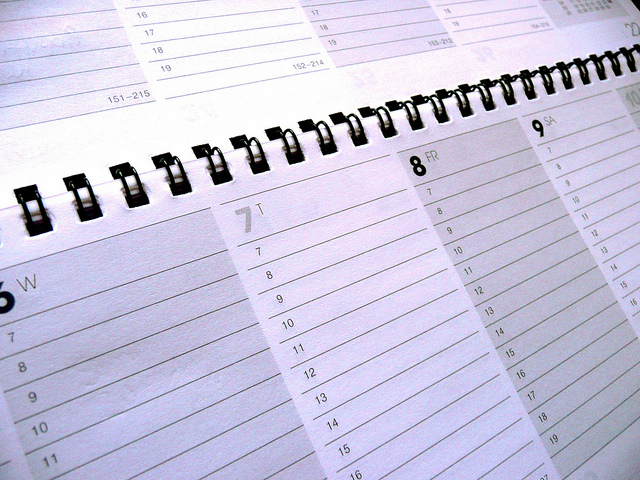The First Visit Should Set Up The Second Visit

This is part five in the Five Plumb Lines series. Jump to the other posts at the bottom of the page.
The first visit should set up the second visit.
My entire first impressions paradigm changed when I realized this truth. When we talk about “first impressions,” we rightly define what people notice during their first few minutes on campus: cleanliness. Organization. Signage. Environment. Chocolate fondue fountain in the kids’ check in lobby (what? You don’t have one of those? And you call yourself a church?!?).
But if our first plumbline (the gospel is offensive, nothing else should be) is true, then some subsequent plumbline has to be that we’re simply setting up for a second visit. If our end goal in first impressions is to point people towards the gospel, then we must keep in mind that in most cases, a repeat visit (sometimes, multiple repeat visits) will be necessary before the gospel stops being offensive and starts to make sense.
Think about your own personal experiences in sharing the gospel. Whether you were a scaredy-cat Southern Baptist Monday night door-to-door knocker or a Holy Ghost fire and brimstone angry white dude on the side of the road with a sandwich board evangelist, you know that not everyone responds to the gospel on their first hearing. Yes, the Holy Spirit draws, but sometimes the Spirit draws, awakens, and reveals over time. If we put all of our eggs into the basket of the first visit, we do so to the detriment of the guests that we are trying to serve and love towards the gospel.
That’s why the first visit should always set up the second visit. That’s why if you don’t have a follow up plan in place for your guests, you may as well hang up your first impressions track shoes (what? You don’t have those in your wardrobe? And you call yourself a first impressions leader?!?)
Here are a couple of fun stats for you:
- The typical guest in a typical church will decide whether or not to return within the first ten minutes. (Charles Arn, and just about every other church growth guy out there)
- Among growing churches, there is a 16% chance that a first time guest will return for a second visit. But there is a 85% chance that a second time guest will come for third and subsequent visits. (Gary McIntosh, Beyond the First Visit)
At the Summit, we aim for four points of contact following a guest’s first visit (please note, this is the plan. If you were a first time guest here and this didn’t happen, let me know. I’ll fire the pastor that was assigned to you.):
- An early-week follow up phone call from one of our pastors, communicating three things (thank you for your visit, how was your experience, invitation to Starting Point).
- A next-day follow up email from that pastor, restating the next steps that was covered in the phone call or offering additional answers for questions raised by the guest.
- A letter from Pastor J.D., again thanking the guest for their visit, reiterating Starting Point, and giving an initial vision casting of who the Summit is.
- An email invitation to Starting Point the week before the event (depending on the timing of the guest’s visit, that can be the a few days or few weeks later).
That process generally helps bridge the gap between first visit and second visit. At a church of any size, a follow up phone call from a pastor communicates care. It helps a large church grow small. And doggone it, it’s just part of the pastor’s role as shepherd.
There is perhaps no church that masters the first visit / second visit link than The Journey in Manhattan. Journey Pastor Nelson Searcy’s book Fusion is an excellent resource that will detail not only how they plan for first timers, but also second and third-timers.
How about you? What is the process that you use for turning the first visit into a second visit? Comment below.
Check out the rest of the Plumb Lines series:
- The Gospel is Offensive. Nothing Else Should Be.
- The Why is More Important than the What.
- Everything Speaks.
- Make it Personal.
- The First Visit Should Set Up the Second Visit.
Get the Plumb Lines series as a free pdf download (fill out the form below) or order bulk copies for your team.

Have been given the opportunity as Pastor of Administration to evaluate, develop first impressions team and overhaul our Sunday morning experience. Will appreciate the book reading recommendations and the plumbline blogs. Thanks
Congrats on the new role, Layne!
Danny, is this process still the one you use now, in May 2019? Just curious if anything had changed.
Chuck, for the most part, it’s the same. The snail mail letter from Pastor J.D. has been replaced by a next-day email from a Campus Pastor. We’re also reconsidering how we make the “week before” Starting Point email more effective.